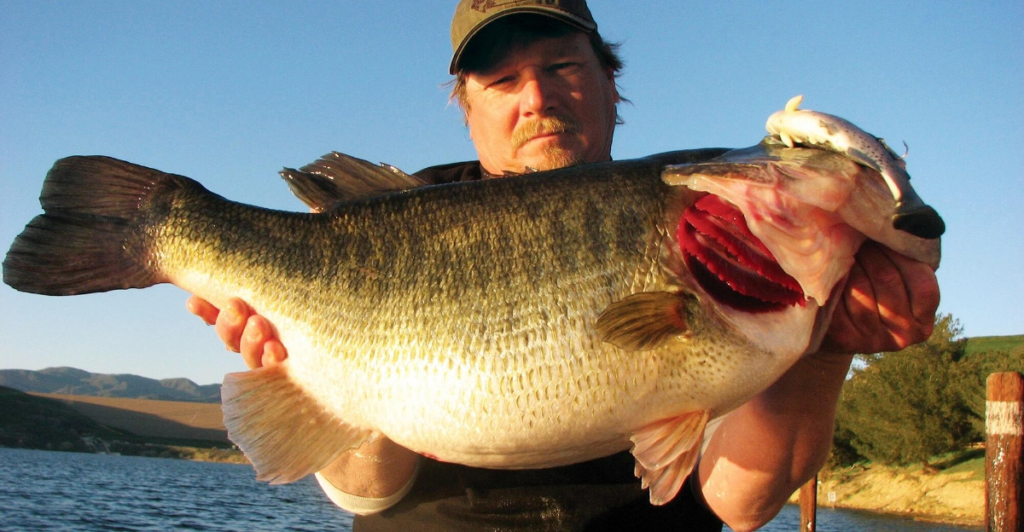
In recent years, North Carolina’s coastal waters have been facing an unexpected challenge: the arrival and spread of Alabama bass, which is a species that is not native to the state. These fish are originally from Alabama and Georgia and were first detected in North Carolina’s inland lakes decades ago. Their presence in coastal rivers is a new and troubling development.
Wildlife officials believe that their spread is largely due to anglers illegally moving fish, hoping to improve fishing. However, this has introduced a highly adaptable predator into sensitive ecosystems. The Alabama bass’s arrival is alarming because it threatens native fish populations and the balance of local aquatic environments. This has prompted urgent calls for action from state biologists and conservationists to contain the invasion.
Identifying the Invader
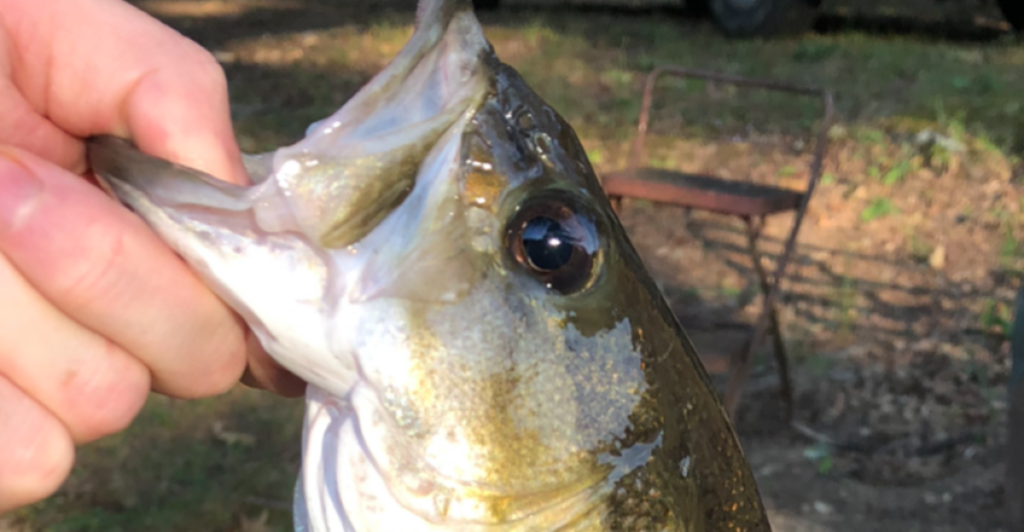
The Alabama bass looks very similar to its relatives, including the largemouth and spotted bass, which makes identification challenging for many anglers. Alabama bass are generally smaller and have distinct markings along their sides and a more streamlined body. These fish are highly adaptable, which allows them to thrive in many freshwater habitats, including lakes and rivers.
Their adaptability is part of what makes them such a formidable invader. Alabama bass can also interbreed with native bass species, producing hybrids that also complicate conservation efforts. The genetic mixing of these fish threatens the purity of native bass populations, potentially leading to the loss of unique species. Accurate identification is very important for managing their spread and protecting North Carolina’s native fish diversity.
Coastal Waters at Risk
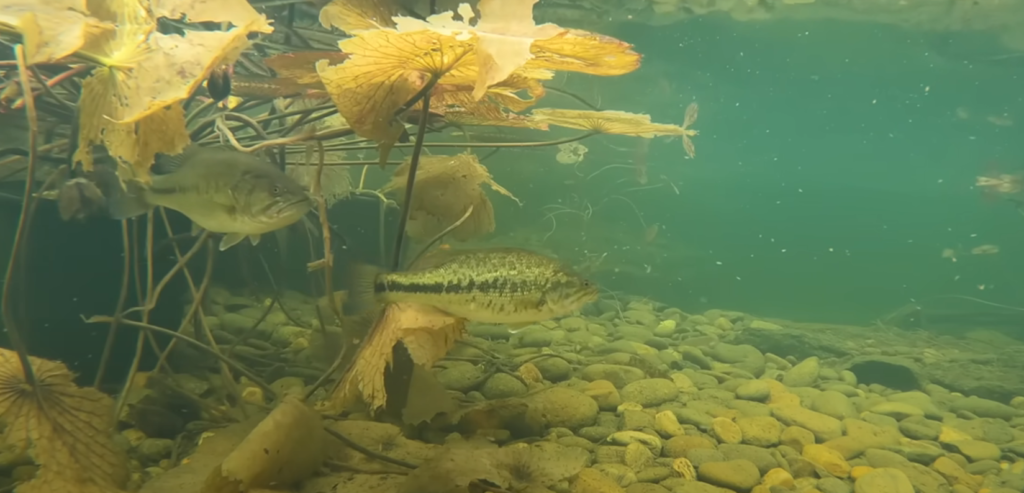
The expansion of Alabama bass into North Carolina’s coastal rivers marks a significant ecological shift. Biologists first detected these fish in upstream reservoirs, but their presence has recently been confirmed in Roanoke and Tar rivers. These coastal waters are the perfect habitats for Alabama bass, with abundant food and suitable breeding grounds.
The rapid colonization is concerning because it increases the likelihood of further spread into other river systems and estuaries. These fish are aggressive competitors that are capable of displacing native fish and altering established food webs. Their invasion not only threatens native bass but also the broader health of coastal aquatic ecosystems, prompting urgent monitoring and response efforts.
Impact on Native Species
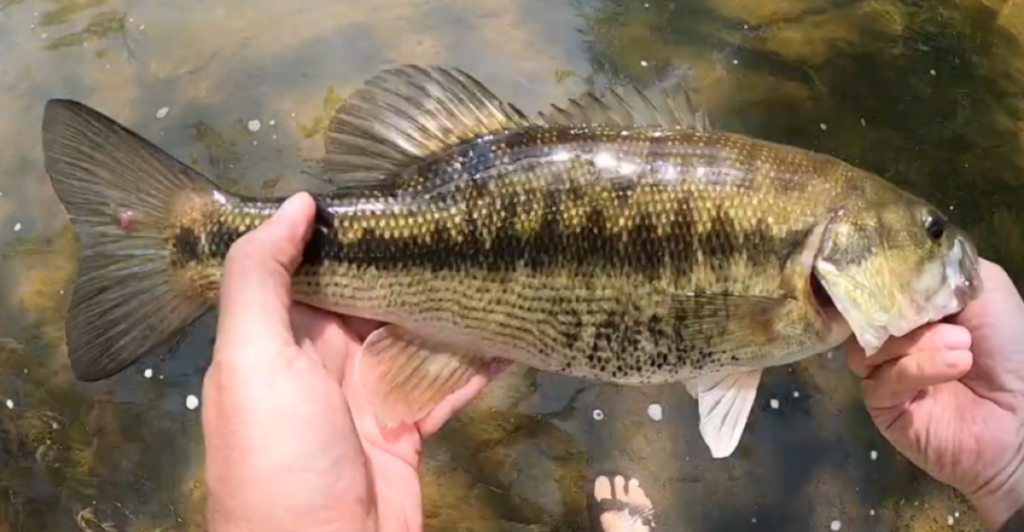
Alabama bass pose a serious threat to North Carolina’s native black bass, including largemouth, smallmouth, and spotted bass. Biologists have documented sharp declines in native bass populations in waters that the Alabama bass has invaded. These fish outcompete native fish species for food and habitat, often dominating spawning sites.
What’s even more concerning is their ability to interbreed with native species, producing hybrids and diluting unique genetic lines. This hybridization could eventually erase pure populations of smallmouth and spotted bass from affected waters. The disappearance of these native fish would have long-term ecological effects, upsetting the balance of predator-prey interactions and reducing the recreational fishing experiences that many people in North Carolina cherish.
Human Role in the Spread
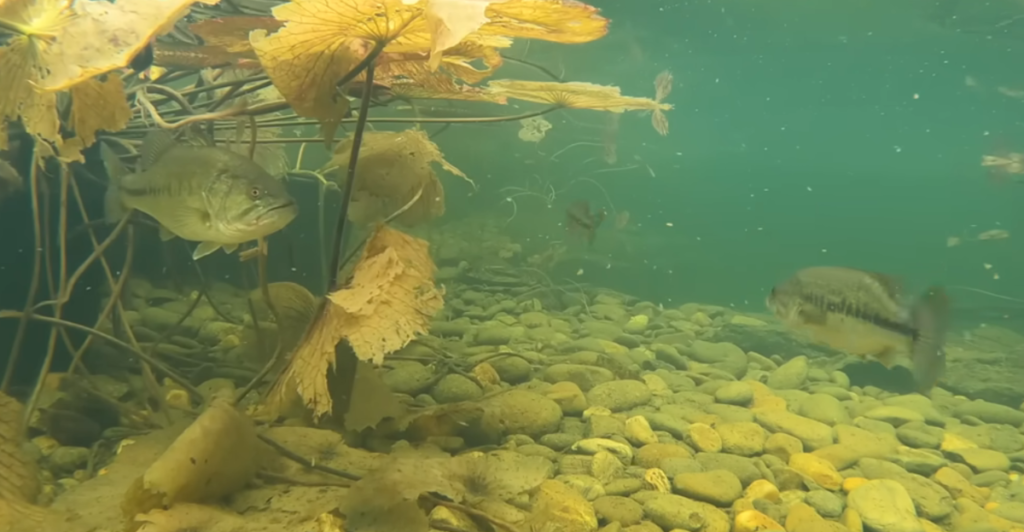
The spread of these fish in North Carolina is largely due to human actions, especially anglers who illegally move and release fish. Some fishermen mistakenly believe that introducing Alabama bass will enhance local fishing, but they are unaware of the ecological risks. Moving and releasing fish without a permit is illegal, but enforcing this law is challenging, especially in remote areas.
Education is very important to change these behaviors and to prevent further introductions. Wildlife officials stress the importance of responsible angling practices, urging the public to respect regulations and report suspicious activity. Preventing the spread of Alabama bass depends on increased awareness and cooperation among anglers, conservationists, and regulatory agencies.
Education and Outreach
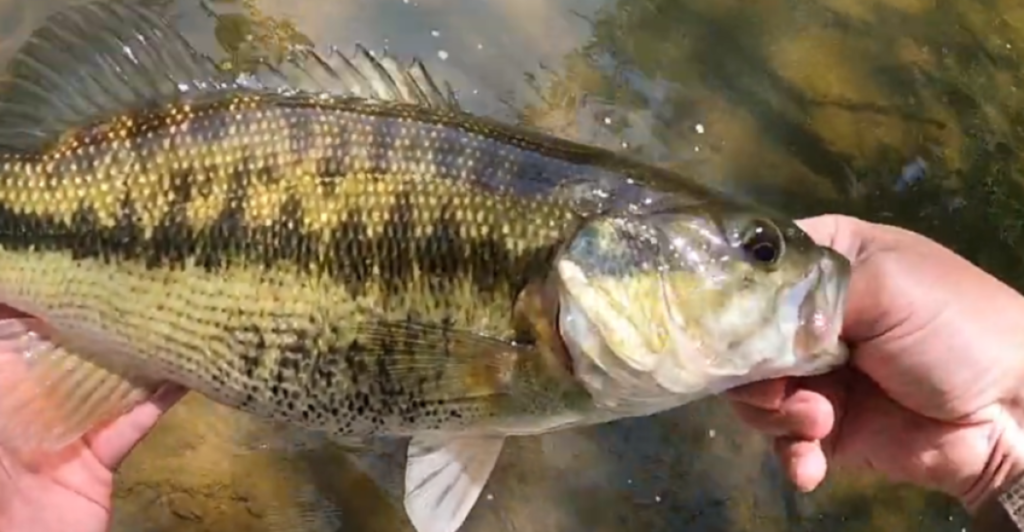
To stop the spread of Alabama bass, North Carolina’s Wildlife Resources Commission has launched education campaigns. You can now find informational posters and identification guides around popular fishing and boating access points. These resources help anglers distinguish Alabama bass from native species, and they explain the risks of releasing them.
The commission also encourages anglers to report new sightings, which provides important data for tracking the species’ expansion. Educational workshops and outreach events aim to engage local communities and emphasize the importance of protecting native fisheries. By raising awareness and providing helpful tools, officials are hoping to encourage the public to play an active role in managing the invasive threat.
Legal Measures and Enforcement

North Carolina has implemented strict regulations to stop the spread of Alabama bass. Without a permit, it is illegal to move or stock fish in public waters. Releasing fish from live wells into different water bodies is also prohibited. Wildlife officials encourage the public to report any illegal stocking activities, which can carry significant penalties.
While enforcement is difficult, especially in areas that are remote or heavily trafficked, increased patrols and surveillance have been implemented. The success of legal measures depends heavily on public cooperation and the commitment to protecting North Carolina’s aquatic resources.
Ecological Consequences
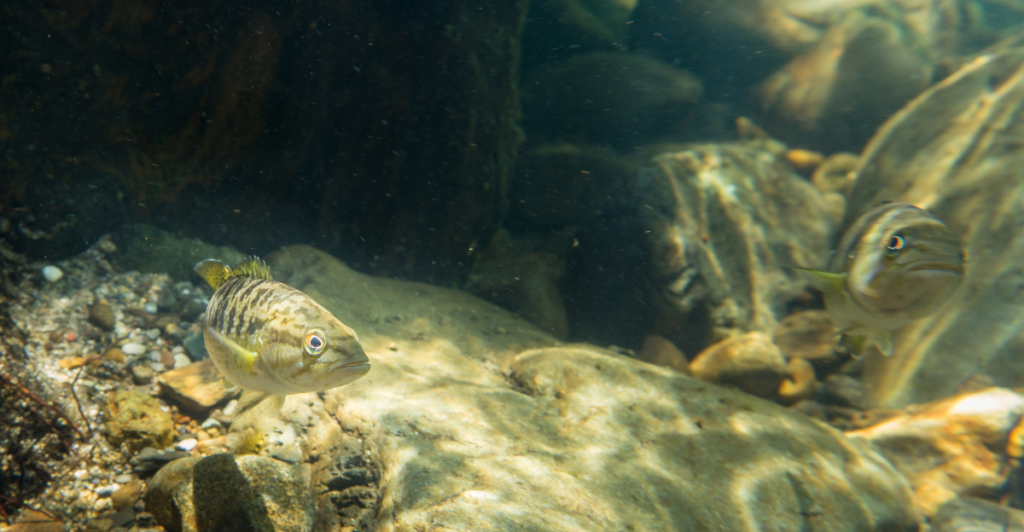
The ecological impact of Alabama bass goes beyond competing with native bass. These fish are aggressive predators that can disrupt entire aquatic food webs. Alabama bass prey on smaller fish, invertebrates, and amphibians, which reduces biodiversity and disrupts established ecological relationships.
Their presence can cause ripple effects, where changes in one species impact the entire ecosystem. They can also affect water quality and plant life. Over time, these disruptions can harm the health of rivers and lakes, making them more vulnerable to other environmental stresses. Urgent action is needed to control the Alabama bass population and to prevent its spread to protect native species and maintain balanced ecosystems.
Anglers as Stewards
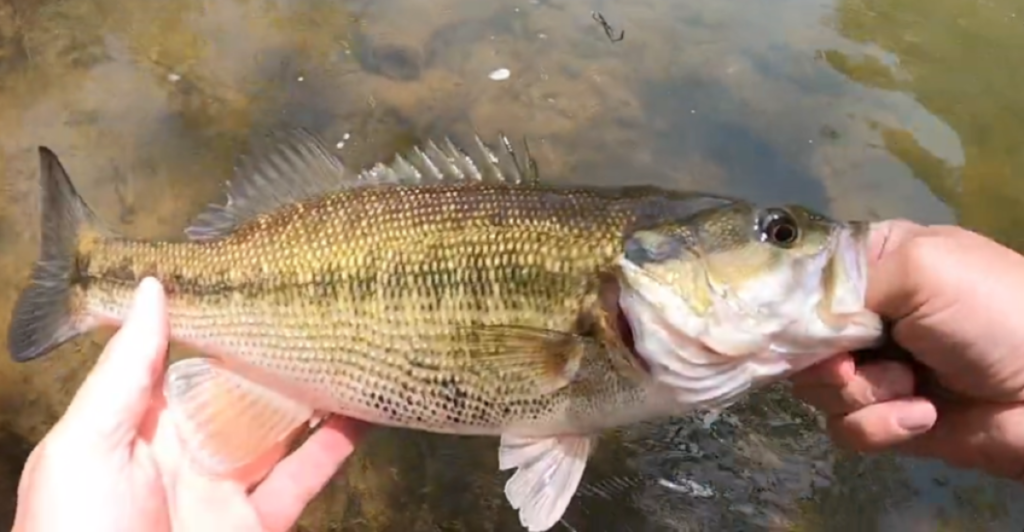
Anglers are important partners in fighting against the spread of Alabama bass. Wildlife officials recommend that any Alabama bass caught should be harvested instead of being released back into the water. Reporting new sightings can help track the species’ spread and inform management strategies. Anglers can also participate in educational programs and share information with their communities.
By following regulations and practicing responsible fishing, anglers help protect native fish populations and preserve the health of local waterways. Collaboration between anglers, biologists, and regulators is very important for effective management. Together, these efforts can slow the invasion and protect North Carolina’s fishing heritage for future generations.
The Path Forward
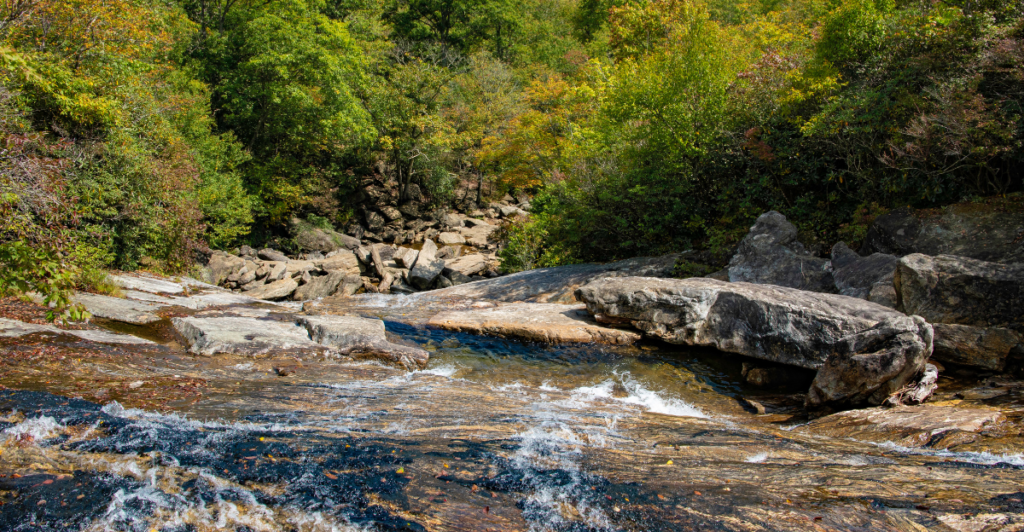
The future of North Carolina’s coastal fisheries depends on a coordinated response to the Alabama bass invasion. Monitoring, research, and public education are all very important to limit the spread of these fish. Wildlife agencies are working hard to develop new management strategies, including targeted removals and habitat restoration projects.
Community involvement remains essential, as local knowledge and vigilance can help detect new invasions early on. By building partnerships among anglers, scientists, and policymakers, North Carolina can strengthen its defense against invasive species. With ongoing effort and shared responsibility, there is hope for preserving the state’s unique aquatic ecosystems for future generations.
Explore more of our trending stories and hit Follow to keep them coming to your feed!

Don’t miss out on more stories like this! Hit the Follow button at the top of this article to stay updated with the latest news. Share your thoughts in the comments—we’d love to hear from you!







